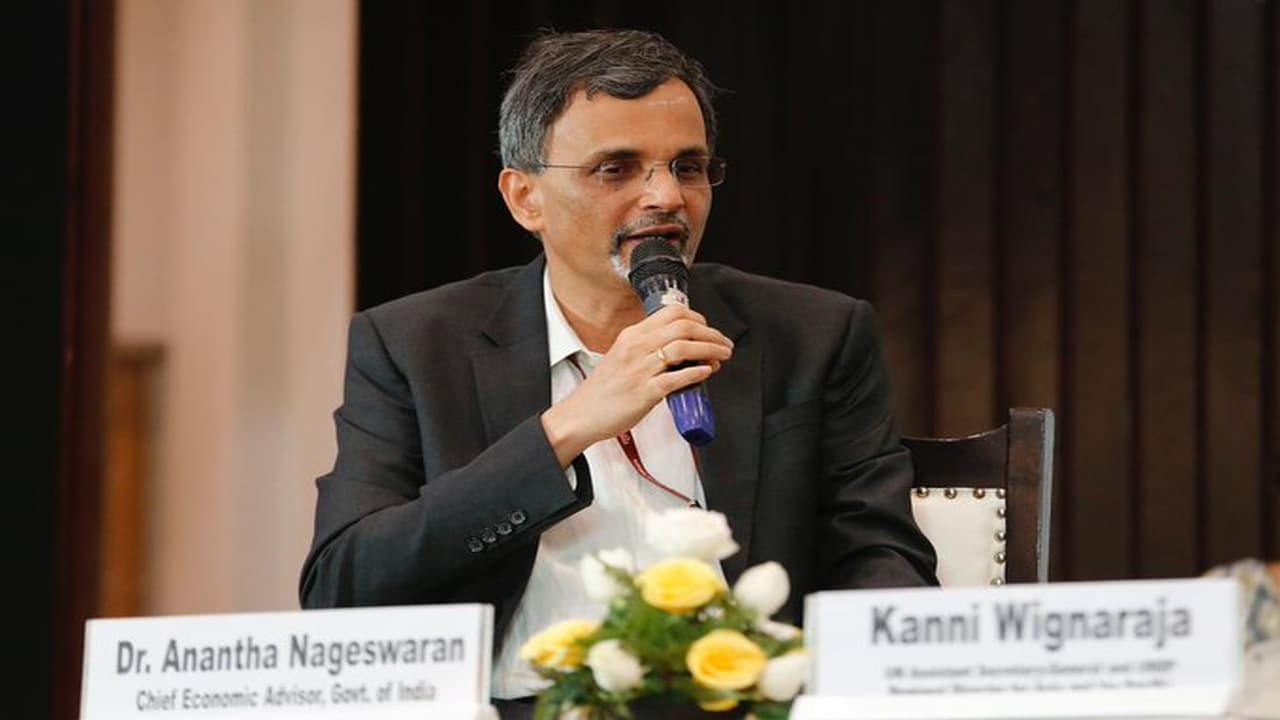Based on FY24 data, the Centre anticipates a net revenue loss of Rs 48,000 crore ($5.4 billion) from the latest round of GST adjustments. This forecast,
however, may be optimistic. According to Moody’s, the revenue loss from the rate adjustment is expected to exceed government estimates, with a more pronounced strain in coming years. Additionally, the government may be forced to trim expenditure over the next two quarters to preserve fiscal consolidation momentum, the report said. “India continues to have the weakest debt affordability among investment-grade sovereigns, with interest payments amounting to about 23 per cent of general government revenue in fiscal 2024-25,” the agency stated. Consumption Boost Likely Amid GST Reforms Despite fiscal concerns, the restructured GST regime could enhance household consumption, which currently accounts for about 61 per cent of India's GDP. Moody’s also acknowledged the positive impact of higher income tax thresholds introduced in February, which exempted more middle-income households from paying taxes. “These measures aim to boost household consumption,” the report noted, aligning with broader efforts to support economic growth without entirely derailing fiscal discipline. "Given the government's use of revenue-eroding measures to support growth over the past year, we do not expect significant revenue-enhancing measures over the remainder of its term. This, in turn, pre-empts material gains in debt reduction or improvements in debt affordability, the report added. New GST Slabs And Sin Goods Tax In Focus The GST Council’s revision last week introduced a simplified two-rate structure of 5 per cent and 18 per cent, while also announcing a new 40 per cent GST rate on ‘sin goods’, effective September 22. While this is expected to partially offset losses, Moody’s remains cautious about long-term fiscal outcomes. Meanwhile, according to a recent SBI Research report, although the GST 2.0 regime could result in an average revenue loss of Rs 85,000 crore, it is estimated to have stimulated consumption worth Rs 1.98 lakh crore, suggesting a net economic benefit.













